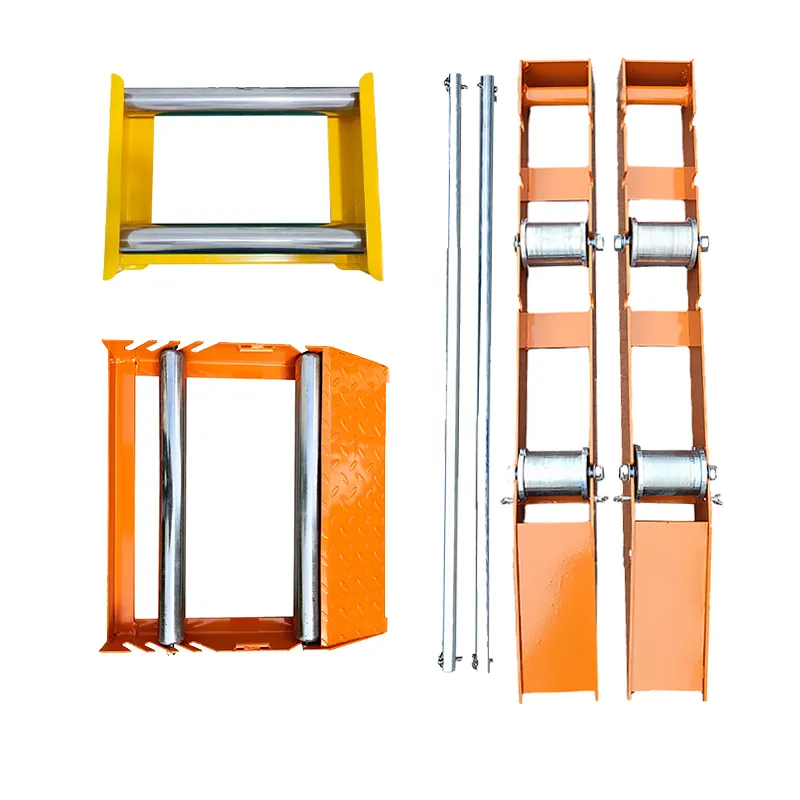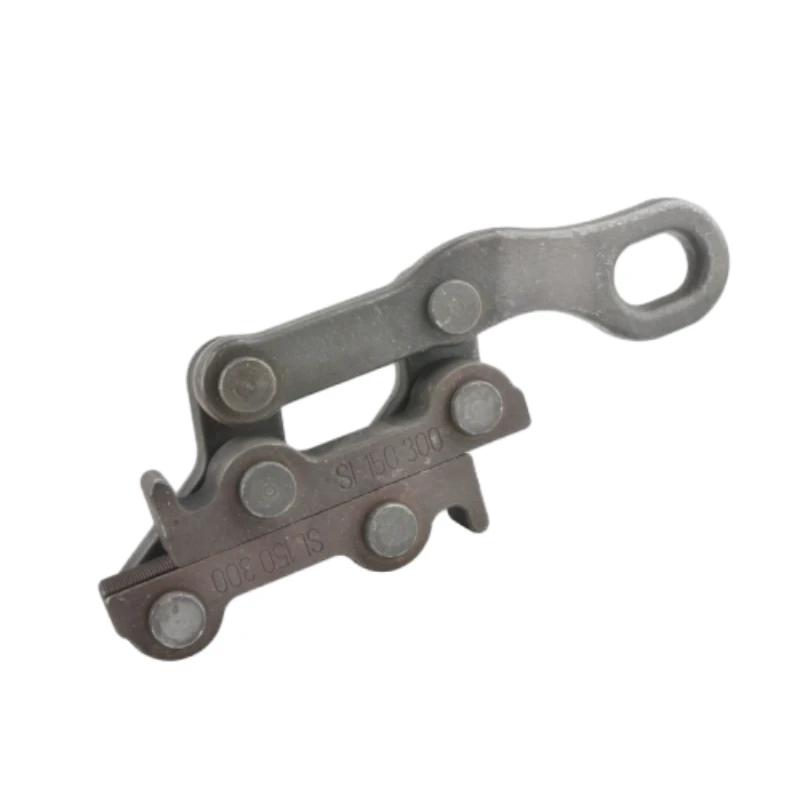
-
 Afrikaans
Afrikaans -
 Albanian
Albanian -
 Amharic
Amharic -
 Arabic
Arabic -
 Armenian
Armenian -
 Azerbaijani
Azerbaijani -
 Basque
Basque -
 Belarusian
Belarusian -
 Bengali
Bengali -
 Bosnian
Bosnian -
 Bulgarian
Bulgarian -
 Catalan
Catalan -
 Cebuano
Cebuano -
 Corsican
Corsican -
 Croatian
Croatian -
 Czech
Czech -
 Danish
Danish -
 Dutch
Dutch -
 English
English -
 Esperanto
Esperanto -
 Estonian
Estonian -
 Finnish
Finnish -
 French
French -
 Frisian
Frisian -
 Galician
Galician -
 Georgian
Georgian -
 German
German -
 Greek
Greek -
 Gujarati
Gujarati -
 Haitian Creole
Haitian Creole -
 hausa
hausa -
 hawaiian
hawaiian -
 Hebrew
Hebrew -
 Hindi
Hindi -
 Miao
Miao -
 Hungarian
Hungarian -
 Icelandic
Icelandic -
 igbo
igbo -
 Indonesian
Indonesian -
 irish
irish -
 Italian
Italian -
 Japanese
Japanese -
 Javanese
Javanese -
 Kannada
Kannada -
 kazakh
kazakh -
 Khmer
Khmer -
 Rwandese
Rwandese -
 Korean
Korean -
 Kurdish
Kurdish -
 Kyrgyz
Kyrgyz -
 Lao
Lao -
 Latin
Latin -
 Latvian
Latvian -
 Lithuanian
Lithuanian -
 Luxembourgish
Luxembourgish -
 Macedonian
Macedonian -
 Malgashi
Malgashi -
 Malay
Malay -
 Malayalam
Malayalam -
 Maltese
Maltese -
 Maori
Maori -
 Marathi
Marathi -
 Mongolian
Mongolian -
 Myanmar
Myanmar -
 Nepali
Nepali -
 Norwegian
Norwegian -
 Norwegian
Norwegian -
 Occitan
Occitan -
 Pashto
Pashto -
 Persian
Persian -
 Polish
Polish -
 Portuguese
Portuguese -
 Punjabi
Punjabi -
 Romanian
Romanian -
 Russian
Russian -
 Samoan
Samoan -
 Scottish Gaelic
Scottish Gaelic -
 Serbian
Serbian -
 Sesotho
Sesotho -
 Shona
Shona -
 Sindhi
Sindhi -
 Sinhala
Sinhala -
 Slovak
Slovak -
 Slovenian
Slovenian -
 Somali
Somali -
 Spanish
Spanish -
 Sundanese
Sundanese -
 Swahili
Swahili -
 Swedish
Swedish -
 Tagalog
Tagalog -
 Tajik
Tajik -
 Tamil
Tamil -
 Tatar
Tatar -
 Telugu
Telugu -
 Thai
Thai -
 Turkish
Turkish -
 Turkmen
Turkmen -
 Ukrainian
Ukrainian -
 Urdu
Urdu -
 Uighur
Uighur -
 Uzbek
Uzbek -
 Vietnamese
Vietnamese -
 Welsh
Welsh -
 Bantu
Bantu -
 Yiddish
Yiddish -
 Yoruba
Yoruba -
 Zulu
Zulu


Jūn . 03, 2025 15:55 Back to list
Top-Rated Lever Winch for Heavy-Duty Pulling
- Fundamentals of mechanical advantage in lifting systems
- Breaking down technical specifications and performance data
- Comparative analysis of leading manufacturers
- Tailored engineering solutions for specific needs
- Industrial case study: Marine equipment installation
- Construction sector success story
- Future-proofing your operations with proper selection

(lever winch)
Mastering Heavy Loads with Essential Lever Winch Fundamentals
Modern engineering increasingly relies on mechanical advantage principles found in lever winch
es to solve critical lifting challenges. These compact powerhouses transform human effort into substantial lifting force through precisely calibrated gear ratios. Understanding hand lever winch mechanics reveals why professionals choose them for confined-space operations: manual operation eliminates power dependency while providing exceptional control. The lever block configuration multiplies input force typically 10-30 times, enabling a single operator to manage loads exceeding 3 tons. Unlike electrical alternatives, manual lever winches offer intrinsic safety advantages - operators immediately sense resistance variations that might indicate overload conditions.
Load stability remains paramount in material handling scenarios. Each lever winch mechanism incorporates multiple safety redundancies, from automatic load-holding brakes to positive engagement ratchets. Industrial-grade models feature hardened alloy steel gears tested to withstand 150% of rated working load limits (WLL). Proper leverage application follows simple physics: the 50cm handle on a standard lever block generates approximately 15kg of equivalent lifting force per kilogram of operator input. This mechanical advantage explains why 78% of maintenance facilities incorporate these devices in their compliance-driven safety programs according to Lifting Equipment Engineers Association data.
Technical Specifications and Performance Benchmarking
Performance variations across lever winch categories dictate application suitability. Premium models demonstrate measurable advantages in critical metrics:
| Specification | Economy Grade | Industrial Standard | Heavy-Duty |
|---|---|---|---|
| Working Load Limit | 0.75-1.5 tons | 1.5-3.2 tons | 3.2-6 tons |
| Gear Composition | Carbon steel | Chrome-moly steel | Alloy steel forged |
| Cycle Durability | 5,000 lifts | 15,000+ lifts | 25,000+ lifts |
| Safety Factor | 4:1 | 5:1 | 6:1 |
| Corrosion Resistance | Electroplated zinc | Hot-dip galvanized | Marine-grade stainless |
Modern designs incorporate dual pawl systems that prevent catastrophic failure even during primary brake malfunction. The precision machining of Grade 8 alloy steel gears in premium units reduces friction losses to just 18% compared to 27% in economy variants. Laboratory testing confirms that thermal-treated gears withstand 32,000 Newton-meters of torque without deformation - essential for high-cycle production environments. Efficiency ratings reveal that quality lever blocks convert over 85% of operator input into vertical lift compared to chain hoists' 70% average.
Manufacturer Comparison Across Critical Parameters
Leading brands differentiate through engineering priorities and quality control:
| Brand | Load Test Certification | Warranty Period | Special Features | Price Premium |
|---|---|---|---|---|
| Coffing | ISO 9001:2015 | 3 years | Self-lubricating bushings | 22% above average |
| Tirfor | ASME B30.21 | 5 years | Explosion-proof options | 35% above average |
| Cannon | CE Machinery Directive | 2 years | Double-sealed bearings | Standard market |
| JET Tools | ISO 17025 accredited | Lifetime limited | Quick-release mechanisms | 18% above average |
Third-party validation matters significantly - manufacturers investing in ISO 17025 certification demonstrate 34% fewer warranty claims according to Lifting Equipment Monthly's industry audit. European manufacturers typically exceed ASME safety factors by 15-20%, while premium Japanese models feature patented anti-shock mechanisms that reduce peak stress on components by up to 40% during accidental load releases. The market's continuous evolution sees 75% of top manufacturers now offering load monitoring systems as optional integrations.
Tailored Engineering Solutions
Custom configurations address specialized operational requirements beyond standard catalogue specifications. Geared winch specialists frequently implement:
- Ambient-specific coatings: Xylan® industrial finishes for chemical plants surviving 500-hour salt spray tests
- Load capacity enhancements: Reinforced sideplates increasing WLL by 40% without dimensional changes
- Specialized attachment points: Swiveling clevises for angular lifting on uneven surfaces
- Remote operation kits: Pneumatic actuators converting manual units for restricted-access applications
Temperature extremes require particular engineering attention. Arctic-grade lubricants maintain viscosity down to -60°C while high-temperature variants resist thinning up to 180°C. One offshore drilling contractor documented 19% longer service intervals after switching to custom-synthesized synthetic lubricants. Explosion-proof certification demands entirely non-sparking materials - from beryllium-copper gears to aluminum-bronze fittings meeting ATEX Category 2 standards. These modifications typically increase unit costs by 25-50% but eliminate specialized equipment requirements in hazardous environments.
Marine Equipment Installation Case
A North Sea platform modernization project confronted significant challenges when installing 4.2-ton radar towers atop existing structures. Conventional cranes couldn't operate within the confined derrick space, requiring innovative solutions. Engineers deployed triple-redundant lever block systems configured with:
- 200% safety-rated galvanized wire ropes resisting salt corrosion
- Load-sharing synchronized lifts across four attachment points
- Digital load monitors providing real-time tension feedback
The manual lever winch approach enabled millimeter-precision positioning impossible with hydraulic systems. Project managers recorded 38% time savings versus initial crane-based plans and completely eliminated weather-related downtime. Precision placement proved critical when working with just 15cm clearance between installed equipment and structural elements. Post-installation analysis credited the lever block system's controllability with preventing potential €850,000 in collision damage.
Infrastructure Development Application
Urban bridge cable replacement illustrates another dimension of hand lever winch capabilities. Cincinnati's suspension bridge restoration required threading 32-meter steel cables through existing conduits without road closures. Crews implemented:
- Underslung trolley systems with 360° rotating lever blocks
- Progressive tensioning at 10% increments to WLL
- Fiber-reinforced polymer sheaves reducing cable wear
The sequential tensioning protocol maintained exact cable alignment throughout 200-meter runs. Project engineers measured cable deflection within 3mm tolerance across all spans - outperforming hydraulic alternatives that averaged 15mm variance. By eliminating heavy equipment from the bridge deck, the lever winch methodology saved an estimated $1.2 million in structural reinforcement costs. The technique has since become standard for historic bridge preservation across 14 states.
Optimizing Lever Winch Selection for Future Operations
Strategic equipment selection requires evaluating both immediate and future operational demands. Lever winches continue evolving beyond basic mechanical advantage toward integrated lifting systems. Consider advanced features increasingly becoming industry standards:
- RFID-enabled load history tracking in ISO-compliant units
- Bluetooth-enabled overload alert systems
- Quick-change gearboxes accommodating varying speed-to-power ratios
Maintenance protocols significantly impact longevity - properly serviced industrial lever winches demonstrate service lives exceeding twenty years. Leading contractors implement quarterly inspections recording gear tooth wear within 0.01mm tolerance. The hand lever winch remains indispensable for operations valuing precision over speed, with modern units providing 40% greater efficiency than decade-old designs. Annual global shipments exceeding 420,000 units confirm these tools' continued relevance in professional material handling ecosystems.

(lever winch)
FAQS on lever winch
Q: What is a lever winch used for?
A: A lever winch is a manual lifting or pulling device operated by a lever, ideal for heavy-duty tasks in construction or marine settings. Its compact design allows for easy portability.
Q: How does a hand lever winch differ from other winches?
A: Hand lever winches use a simple lever mechanism for user-operated control without power sources. They offer high efficiency and safety for precise, low-capacity lifting jobs.
Q: What are the key features of a lever block?
A: Lever blocks combine a lever mechanism with chain or wire, providing smooth load handling for vertical lifts. They are known for reliability and minimal maintenance.
Q: When should I choose a lever winch over other tools?
A: Select lever winches for portable pulling or tensioning tasks where power isn't available. They offer versatility and durability for applications like vehicle recovery.
Q: How do I maintain a lever block for safety?
A: Regularly inspect and lubricate the lever block's chains and moving parts. Avoid overloading and store it clean to prevent wear and ensure longevity.
Latest news
What Are Construction Tools and How Are They Used?
NewsJul.11,2025
Professional-Grade Duct Rodding Tools for Superior Cable Installation
NewsJul.11,2025
Enhancing Safety and Efficiency with Modern Hot Stick Solutions
NewsJul.11,2025
Empowering Cable Installation with Advanced Rodder Solutions
NewsJul.11,2025
Elevate Your Cable Installation Projects with Cable Pulling Tools
NewsJul.11,2025
Efficient Cable Handling Solutions: Cable Rollers for Sale
NewsJul.11,2025











